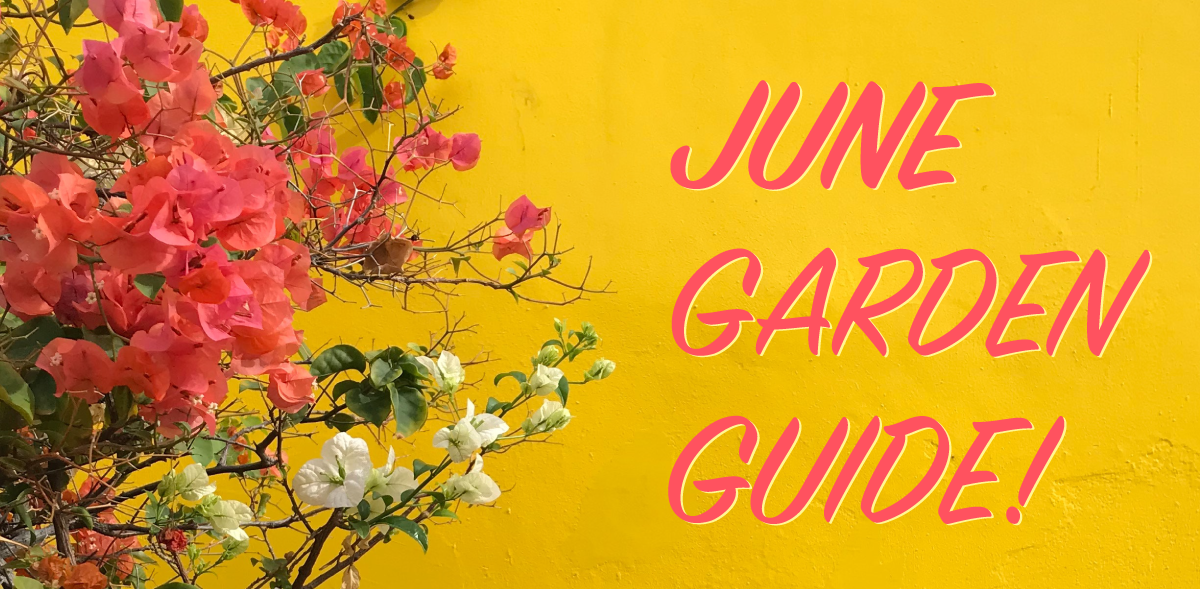
We all know how hard you’ve worked to have a beautiful landscape. Now how do you keep it thriving and surviving the summer heat?
Check out our Top Tips for Summer Success.
Comfort for Summer: Shade Cloth
Lawn Care
Fertilize early in the month, if not already done
Fertilize organically with Milorganite or Medina Growin’ Green to your lawn and water in well, approximately 30 minutes per area.
Plant New Grass
Lay new sod or Bermuda seed anytime this month.
Fix Yellow Spots in Your Lawn
Treat organically with Nature’s Blend, or conventionally with Hi-Yield Iron Plus.
Mow as Required
Keep St. Augustine cut to about 3”, Bermuda at 1” – 2”.
Watch for Chinch Bugs and Grub Worms
Water well every 7 to 10 days.
Plant
All container grown trees, shrubs, vines
It’s prime time to plant tropicals such as Hibiscus, Bougainvillea, Ginger and Palms.
Garden Guide: Water Wise Landscaping
Late spring and summer color:
Zinnias, Periwinkles, Purslane, Moss Rose, Gomphrena, Lantana, Ruellia, Penta, Caladiums, Coleus, Angelonia and more.
Read: Easy Gardening with Garden Troughs
Garden Guide: Annuals for Spring and Summer
Seeds
Sunflowers, Morning Glory, Zinnias, and Gomphrena.
Caladium Bulbs
Caladium bulbs planted now will come up quickly for instant color.
Indoor Plants
Warm temps allow you to take your indoor plants outdoors for some fresh air. Just be sure to keep them protected from the sun. Shady patios are perfect for a short stay. Wash off the dust and bring them back in nice and clean.
Fertilize
TOMATO & PEPPER PLANTS
Fertilize tomato and pepper plants regularly. Use organic Rose Glo,
Hasta Gro, Plant Tone, or Medina Growin Green.
Read: My Ugly Tomato Plant
ROSES
All roses with organic Maestro Gro Rose Glo
TREES & SHRUBS
Fertilize all trees and shrubs with organic Milorganite or Medina Growin’ Green.
ANNUALS AND PERENNIALS
Use organic Medina Growin’ Green, Hasta Gro, or conventional Osmocote Time Release Granules
AZALEAS, GARDENIAS, AND MAGNOLIAS
Use organic Maestro Gro-Rose Glo or Medina Growin’ Green, or conventional Espoma Azalea Food.
HIBISCUS AND TROPICAL BLOOMERS
Fertilize all tropical bloomers with organic Rose Glo or Hasta Gro, or conventional Hibiscus Food
CITRUS AND PECAN TREES
Use organic Espoma Citrus Tone, or conventional Pecan, Citrus and Fruit Tree Fertilizer
Read: How do I keep My Plants Looking Healthy Through Our Summers? Read: Organic Fertilizers 101
Prune
- Faded blooms to encourage new blooms – especially important on perennials, tropicals, and crape myrtles
- Shrubs to maintain good form
- Palms, if needed
Watch out For
CATERPILLARS
Watch for caterpillars or their damage (chewed leaves). Use organic Thuricide, Spinosad, or conventional Cyonara.
FUNGUS, POWDERY MILDEW
Use organic Neem Oil, or conventional Systemic Fungicide
CHINCH BUGS
Watch for Chinch bugs in lawns. Treat organically with Diatomaceous Earth, Spinosad, or conventionally with Cyonara RTS
Read: Check For Chinch Bugs If Your Lawn Looks Dry Even Though You Know It’s Not!
MEALY BUGS
Use organic Neem Oil, Bee Safe 3 in 1 Spray or Insecticidal Soap, Spinosad Soap, or conventional Cyonara, or Bonide Systemic
Read: Mealy Bugs are Here
SPIDER MITES
Treat organically with Neem Oil, Bee Safe 3 in 1 Spray or Spinosad Soap. Seaweed extract helps prevent them. Or, treat conventionally with Cyonara
FLEAS AND TICKS
Treat lawns with organic Spinosad, Diatomaceous Earth Crawling Insect Killer, or conventional Cyonara.
BORERS
Borers in mesquites, ash, and yucca. Treat organically with Spinosad, or conventionally with Tree and Shrub Drench.
Water
– When watering during periods of windy dry conditions, it’s important to water slowly and deeply. Be sure to watch the spray of sprinklers and adjust accordingly with the wind.
– Water all plants well after planting and regularly through the first year. Plants will begin to use more water as they grow and bloom. Outdoor potted plants dry out quickly as do hanging baskets and small annuals. Check new plants daily for water needs, many will need water every day.
– Mulch around trees and flowerbeds to conserve moisture.
– Make arrangements for someone to water if leaving for more than 2 days (especially new plants).
– Watch your perennials. Check soil moisture before watering. Many plants can die from over watering. Use a moisture meter when in doubt.


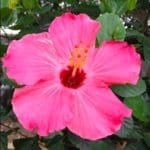
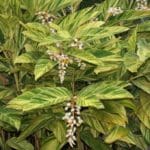
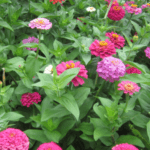
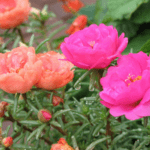

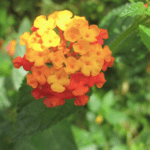
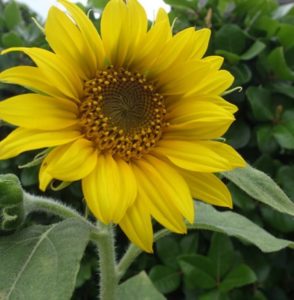
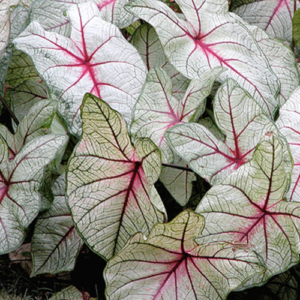
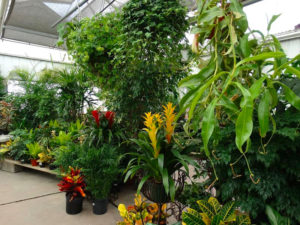

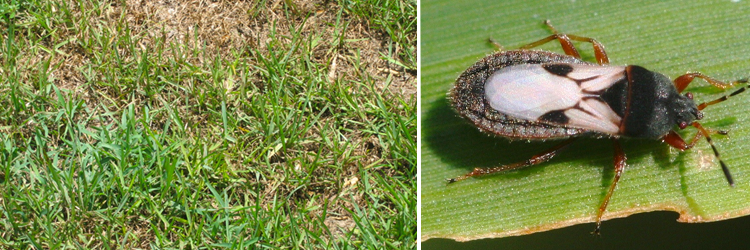
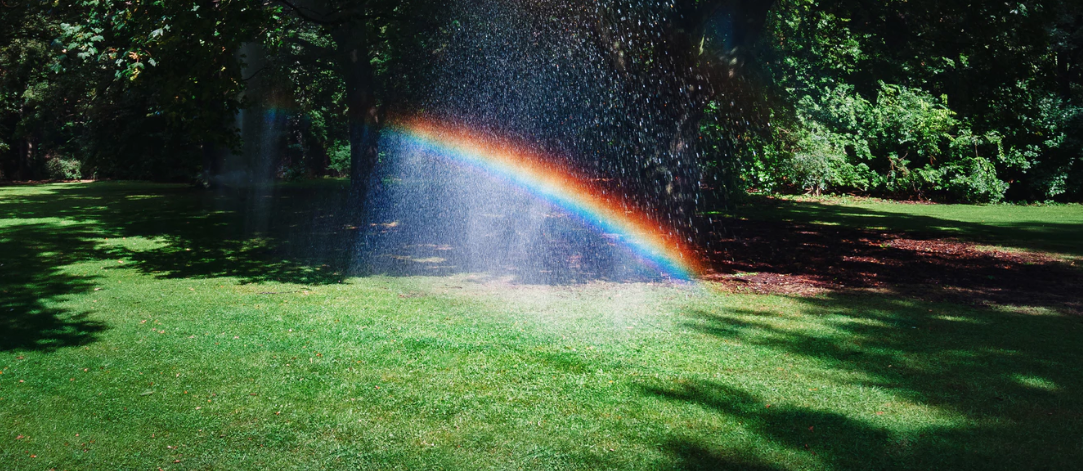














Kathi Garcia says
As soon as my milkweed leafs back out after recovering from being stripped by the monarch caterpillars, the aphids show up. They don’t seem to have a negative effect on the caterpillars. Is there any reason to worry about the aphids? I have also noticed the ladybugs show up as well. I’m assuming this is a good thing, but just wondering if I should worry about all those aphids.
Thank you! And thank you for these monthly garden guides!
james gill says
Aphids will slow down the growth of new foliage, but the plant will still grow anyway. Hummingbirds and ladybugs will enjoy eating aphids. But if you want the fastest growth, you can knock the aphids off with a sharp spray of water and they will not be able to climb back up.
Petra Garza says
I have a mature Japanese blueberry tree that was hit hard by the freeze, but it’s now making a comeback. There is growth at the very top and in the middle, right where the old dead branches start. The new branches are about 8 inches long now. Can I still prune the old dead branches, or should I wait until the fall to prune them? I don’t want to stress out the tree. And what kind of fertilizer can I use for this tree?
james says
Medina grow and green is a safe and gentle organic fertilizer for aiding your trees recovery. You can prune out deadwood now, no problem for the tree.